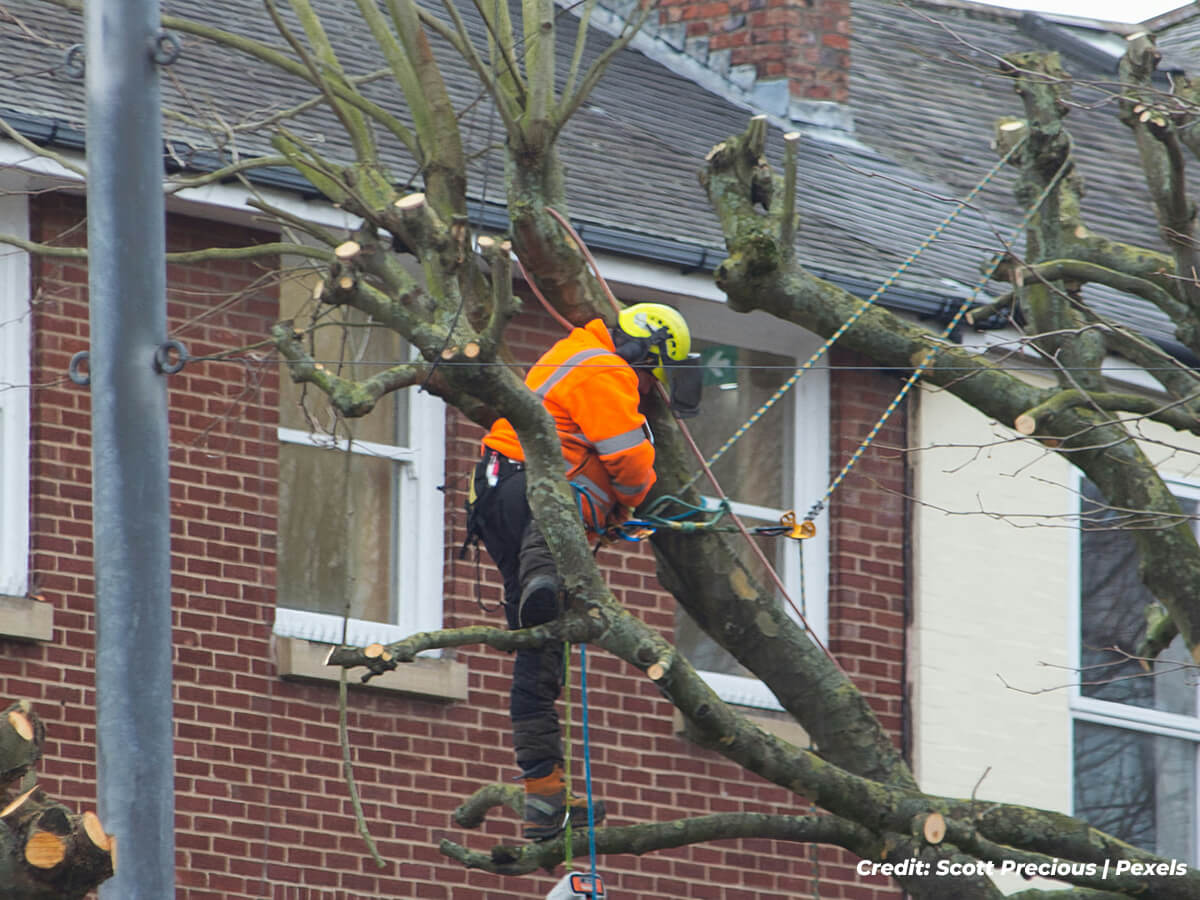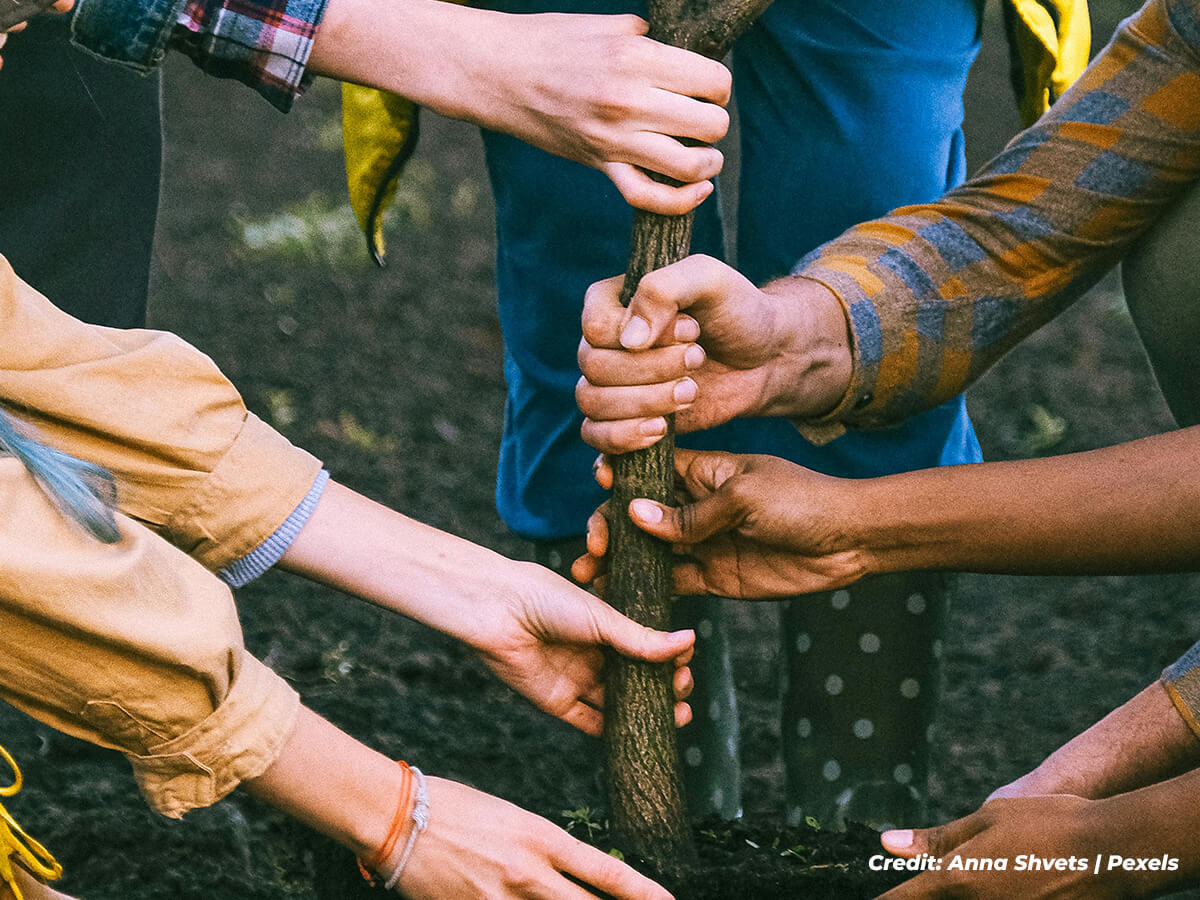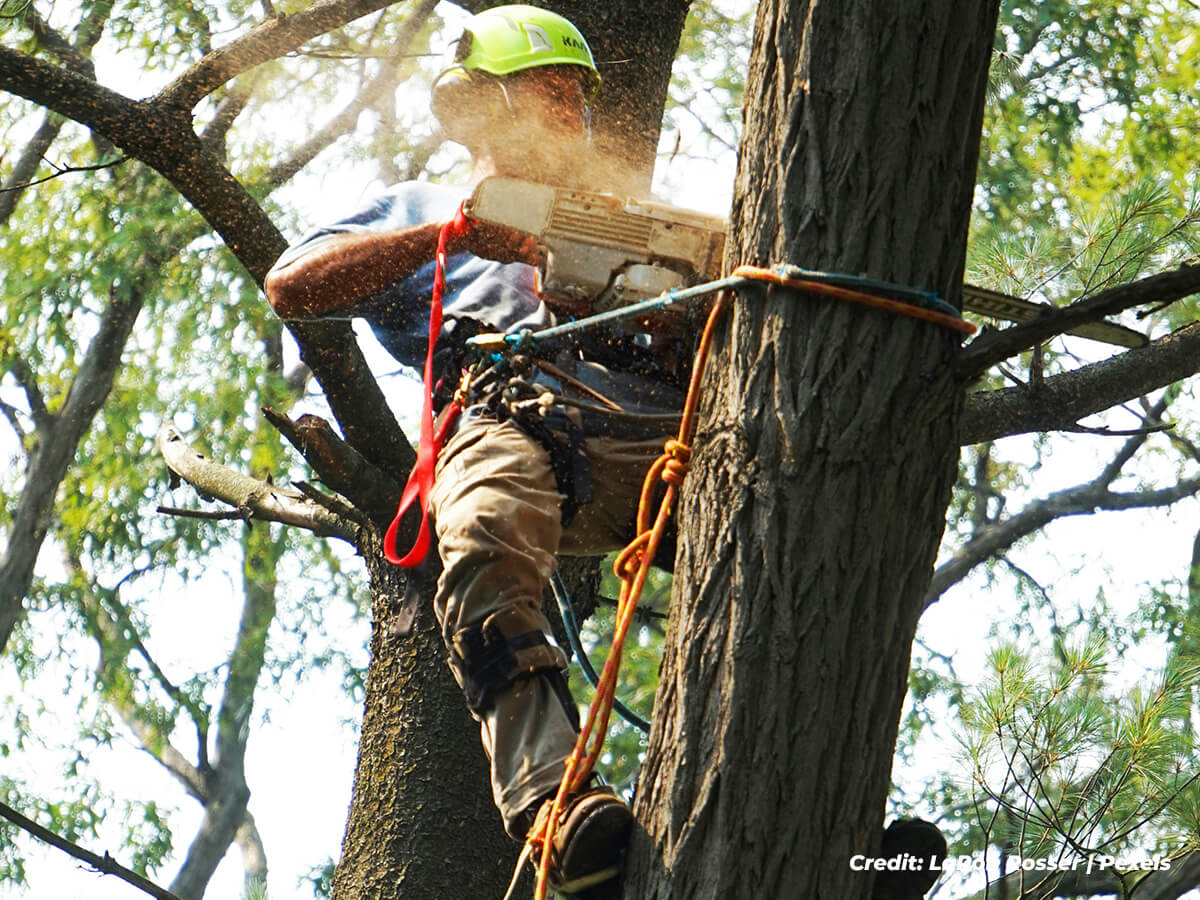Trees are a vital part of the landscape, providing shade, oxygen, and natural beauty to your property. However, maintaining healthy trees properly requires more than occasional watering and pruning. Trees can develop structural weaknesses, diseases, and other health issues over time that aren’t always visible to the untrained eye. That’s why it’s always a good idea to contact a professional arborist to give your trees a checkup every few years. Professional arborists play a crucial role in ensuring the safety, longevity, and overall health of your trees. It’s this expertise in tree care, disease prevention, and risk assessment that makes them so essential for maintaining safe and thriving green spaces.
Expertise in Tree Care
As trained and certified arborists, professional arborists possess extensive knowledge of tree biology, growth patterns, and care techniques. They are trained to assess the health of the tree and identify potential issues (such as nutrient deficiencies, pest infestations, and signs of disease). Through proper diagnosis and treatment, they can help trees recover from ailments that might otherwise go unnoticed by the average layman.
One of the most notable key services provided by arborists is pruning (which is essential for maintaining tree structure and health). Improper pruning can lead to weakened branches, making trees more susceptible to damage from wind, snow, and ice. Arborists use specialized techniques to remove dead or diseased branches while promoting healthy growth. Their careful approach helps maintain the natural shape of the tree while reducing risks associated with falling branches. More than knowing how and having the right tools, arborists also when best to prune to maintain a tree’s health. Getting the timing right is key to minimizing stress to the tree and gauging how to prune for maximum stability, health, and aesthetics.

Safety and Risk Management
Caring for trees often involves a number of difficult, risky tasks (e.g. working at heights, handling heavy equipment, and dealing with unpredictable conditions). These tasks come with significant risks, especially when performed by individuals without the proper training or safety equipment. Part of an arborist’s education involves training in using climbing gear, harnesses, and elevated platforms to safely access different parts of a tree. This extensive training allows them to work efficiently while minimizing the risk of accidents.
Arborists also play a crucial role in assessing the structural integrity of trees. Trees that are diseased, damaged, or improperly maintained can become unstable and therefore pose serious hazards to people and property. Weak branches or leaning trunks (to provide a few examples) can suddenly give way, especially during storms. Part of an arborist’s job is to conduct thorough evaluations to determine whether a tree requires pruning, bracing, or removal to prevent potential hazards. Their expertise allows them to gauge the state of a tree accurately (including detecting any issues that may compromise its health. From there, they can advise property owners to make informed decisions about tree care (reducing the likelihood of property damage or personal injury in the process).
Disease and Pest Management
Trees, like all living organisms, are themselves susceptible to diseases and pests. These issues can spread quickly (which can affect not only the infected tree but also neighbouring vegetation). Last year alone, Dutch elm disease was detected in Edmonton, leaving 90,000 trees through the city at risk, which ought to provide some perspective on how deadly any outbreak can be for trees. Professional arborists can identify early signs of disease and pest infestations (which a layman may miss). And allowing for timely intervention while there’s time to benefit the tree.
Common tree diseases such as fungal infections, root rot, and blights can severely weaken a tree if left untreated. Arborists use a combination of preventive measures and treatment options, such as soil amendments, pruning techniques, and environmentally friendly pesticides, to manage these threats. Their ability. To detect and address tree health issues before they escalate helps maintain the overall health of green spaces.

Proper Tree Removal and Planting
While tree preservation is always a priority, there are situations where removal is the safer course of action. Dead, diseased, or structurally unstable trees can pose significant dangers, particularly in urban and suburban settings. Removing a tree requires careful planning and execution to prevent damage to surrounding property and landscapes. Professional arborists use use precise cutting techniques and equipment to ensure safe and efficient removal.
Beyond removal, arborists also contribute to sustainable tree management by advising on proper tree planting. First and foremost, choosing the right species for a given location is essential for long-term tree health. A professional arborist can also advise on how factors such as soil quality, climate, and available space can influence a new tree’s ability to thrive. Arborists provide guidance on selecting appropriate species, planting methods, and maintenance techniques to ensure. That new trees grow strong and healthy.
Environmental and Community Benefits
Healthy trees offer more than shade and privacy for your home; they also contribute to environmental sustainability. By improving air quality, reducing soil erosion, and providing habitats for wildlife. They also enhance property values and create inviting green spaces in communities. While you can implement your own landscaping efforts to boost your curb appeal, arborists contribute to those endeavours in their own way. Professional arborists play a key role in maintaining these benefits by ensuring that those precious trees remain healthy and structurally sound.
In urban areas, trees help moderate temperatures by providing shade and reducing the heat island effect. However, city trees face unique challenges such as pollution, compacted soil, and limited growing space. Arborists can assist homeowners by developing specialized care plans to address these challenges, ensuring that urban trees continue to thrive despite their harsh environments.
Long-Term Tree Health and Maintenance Plans
Maintaining tree health is an ongoing process that requires regular monitoring and care. Professional arborists offer long-term maintenance plans tailored to the specific needs of different trees and landscapes. These plans may include scheduled pruning, soil testing, pest management, and structural assessments.
Property owners who invest in professional tree care benefit from healthier, longer-lived trees. Regular inspections help identify potential issues before they become serious problems, reducing the need for costly emergency interventions. With expert guidance, trees can flourish for generations, providing continuous environmental and aesthetic benefits.
The health and safety of trees require expert care and attention. Professional arborists possess the knowledge, skills, and equipment necessary to diagnose tree health issues and ensure proper tree care. Their expertise extends beyond simple maintenance, encompassing disease prevention, pest control, structural support, and responsible tree removal, all in the name of preserving your trees and their value. By entrusting tree care to trained professionals, property owners can enjoy the many benefits of healthy, well-maintained trees while ensuring the safety of their surroundings. Whether preserving a century-old oak or planting new saplings, professional arborists play an indispensable role in sustaining those natural landscapes.
When you need reliable arborists to help you care for your trees, Dave Lund Tree Service is happy to lend a hand. Our team has years of experience with a wide range of tree-related services, giving us a wealth of expertise we’re ready to share with you to give your trees the care they deserve. Give us a call now at (905) 775-1020 for arborists ready and willing to help with every aspect of tree care.

